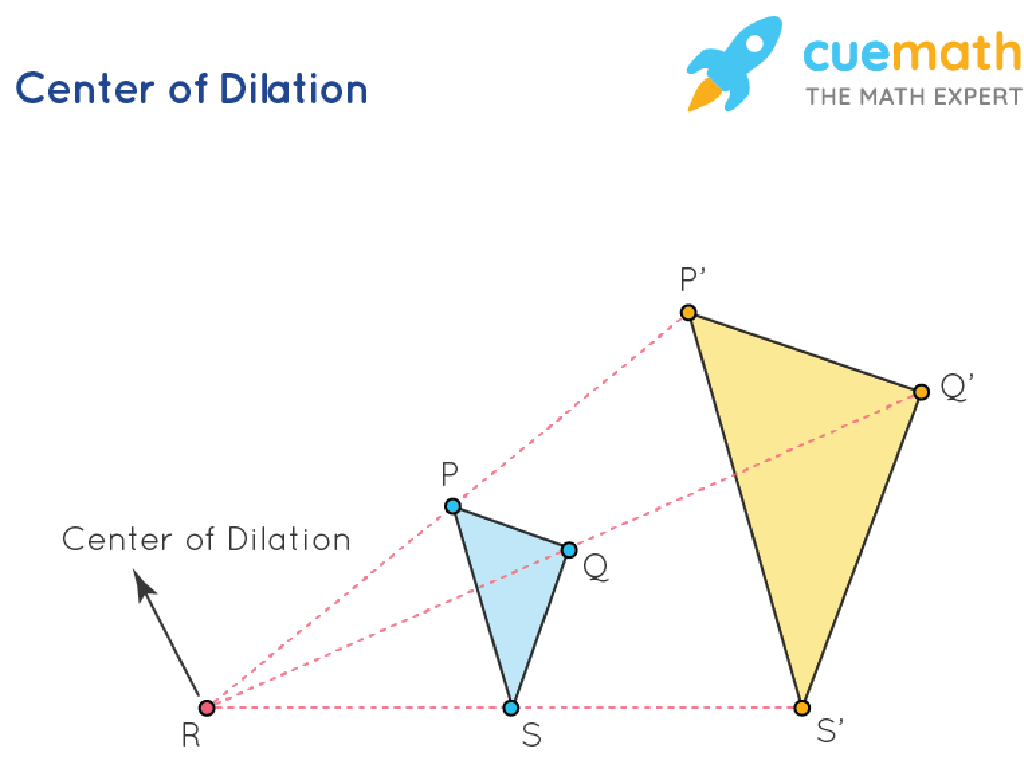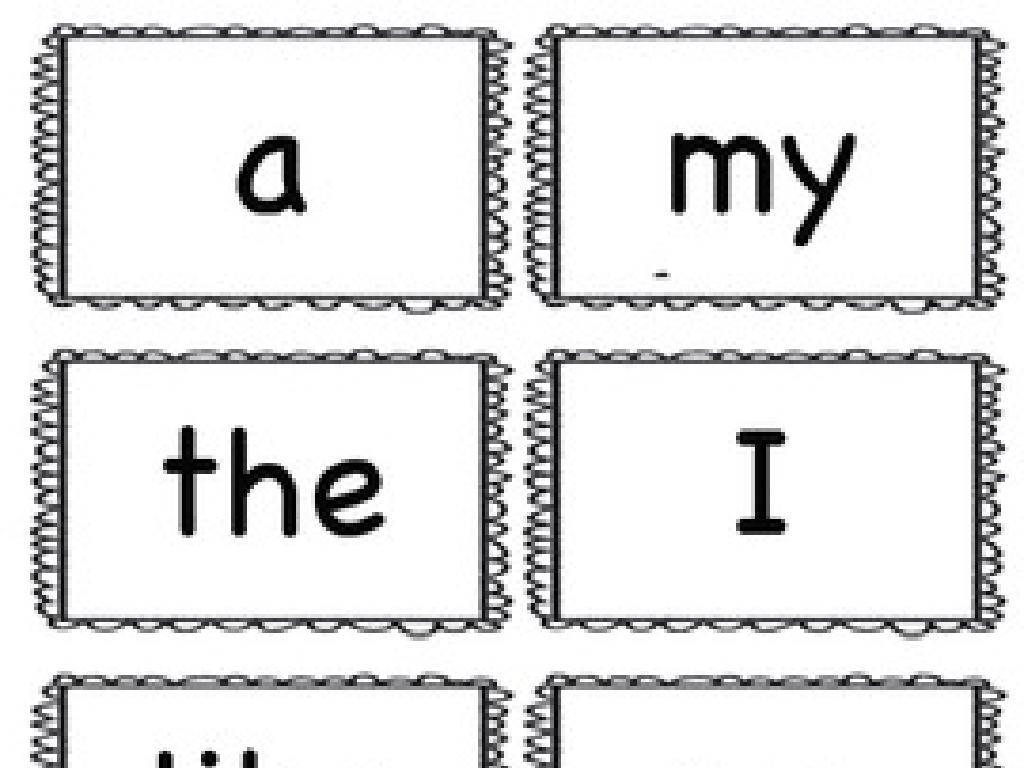Divide Whole Numbers - 2-Digit Divisors
Subject: Math
Grade: Sixth grade
Topic: Divide Whole Numbers
Please LOG IN to download the presentation. Access is available to registered users only.
View More Content
Welcome to Division: Mastering 2-Digit Divisors
– Division with whole numbers explained
– Division is breaking a number into equal parts
– Division’s role in daily life
– Used for sharing equally, budgeting, and more
– Techniques for 2-digit divisors
– Learn to divide large numbers by numbers like 12 or 25
– Practice problems for mastery
– Solve sample problems to strengthen skills
|
This slide introduces students to the concept of division with whole numbers, emphasizing its importance in everyday life such as sharing items equally or managing finances. The focus of today’s lesson is on dividing by 2-digit divisors, a skill that will enhance their mathematical proficiency. Begin with a review of basic division concepts before moving on to the specific techniques for handling 2-digit divisors, such as estimation, long division, and checking work. Provide a set of practice problems for students to apply these techniques, ensuring they understand each step of the process. Encourage questions and interactive participation to facilitate learning.
Understanding Division with 2-Digit Divisors
– Division: Sharing or Grouping
– Division splits a number into equal parts. E.g., 20 apples shared by 4 friends.
– Division as Multiplication’s Inverse
– If 3 x 4 = 12, then 12 ÷ 4 = 3. Division undoes multiplication.
– Key Vocabulary in Division
– Dividend: number being divided. Divisor: number you divide by. Quotient: result. Remainder: what’s left over.
– Division with 2-Digit Divisors
– Dividing numbers like 150 by a 2-digit number, say 12, requires a step-by-step approach.
|
This slide introduces the concept of division to sixth graders, emphasizing its practicality in terms of sharing or grouping items and its relationship to multiplication. It’s crucial to clarify the key terms: dividend, divisor, quotient, and remainder, as these will be frequently used in problems. Provide examples to illustrate each term. When introducing division with 2-digit divisors, walk through a problem step-by-step, ensuring students understand the process of long division. Encourage students to practice with different 2-digit divisors to gain confidence in this skill.
Dividing by 2-Digit Divisors
– Estimate the quotient first
– Use rounding to get a close number that’s easy to divide
– Follow DMSB: Divide, Multiply, Subtract, Bring down
– Divide the first number, multiply the divisor, subtract from the dividend, bring down the next digit
– Repeat DMSB for each digit
– Ensure each step is followed in order for every digit of the dividend
– Continue until all digits are brought down
– Keep the process neat to avoid confusion
|
This slide introduces the process of division with 2-digit divisors. Start by explaining the importance of estimating the quotient to make the division process easier and to check the final answer. Then, guide students through the DMSB method, which is a systematic approach to long division. Emphasize the importance of repeating the steps and keeping work organized to avoid mistakes. Provide examples with different 2-digit divisors to illustrate the process. Encourage students to practice with various problems to gain confidence in this method.
Dividing with 2-Digit Divisors: Simple Division
– Example: Divide 154 by 3
– 154 ÷ 3. How many times does 3 fit into 154?
– Step-by-step DMSB process
– Divide, Multiply, Subtract, Bring down: Repeat these steps
– Understanding quotient & remainder
– Quotient is the result of division; remainder is what’s left over
– Practice with similar problems
– Try dividing 162 by 3 or 219 by 7 for homework
|
This slide introduces students to the concept of division with a simple example. Start by dividing 154 by 3 using the Divide, Multiply, Subtract, Bring down (DMSB) method. Walk through each step on the board, explaining the process. Discuss the quotient as the number of times the divisor fits into the dividend and the remainder as what’s left over. After the example, encourage students to practice with similar problems, ensuring they understand the concept of division with 2-digit divisors. Provide additional examples for homework to reinforce the lesson.
Dividing by 2-Digit Divisors
– Example: 1365 ÷ 12
– Let’s break down how to divide 1365 by 12 step by step.
– Apply DMSB steps
– Divide, Multiply, Subtract, Bring down: repeat these steps.
– Handling larger divisors
– Learn strategies for dividing by numbers like 12, 15, or 98.
– Practice with different numbers
– Try dividing 1452 by 36 or 2310 by 42 to master the concept.
|
This slide introduces students to the concept of division with 2-digit divisors. Start with a concrete example, dividing 1365 by 12, and walk through the steps of division: Divide, Multiply, Subtract, and Bring down (DMSB). Emphasize the importance of each step and how it helps in solving division problems with larger divisors. Encourage students to understand the process rather than just getting the answer. Provide strategies for handling larger divisors, such as estimation and checking for reasonableness of the quotient. In the notes, include additional practice problems and encourage students to work through them as homework to reinforce the lesson.
Division Mastery: 2-Digit Divisors
– Solve problems with 2-digit divisors
– Divide numbers like 1568 by 24
– Use estimation for quotients
– Round numbers to make estimation easier
– Multiply to check your work
– After dividing, multiply the divisor by your answer to see if you get the original number
– Practice makes perfect
|
This slide is aimed at providing students with practice problems to solidify their understanding of division with 2-digit divisors. Students should apply the division algorithm to solve problems and use estimation to predict the quotient, which helps in checking the reasonableness of their answers. It’s crucial to emphasize the importance of checking work by multiplying the quotient by the divisor to verify the result. Provide several practice problems of varying difficulty and encourage students to work through them, ensuring they understand each step. This reinforces the concept and builds confidence in their division skills.
Group Activity: Division Relay
– Form groups of four students
– Receive a set of division problems
– Solve all problems correctly as a team
– First team to finish wins a prize
|
This activity is designed to encourage teamwork and reinforce the concept of dividing whole numbers with 2-digit divisors. Each group of four will work together to solve a set of division problems. The problems should vary in difficulty to cater to different skill levels within the group. The first team to correctly complete all their problems will be declared the winner. To ensure fairness, have a few sets of problems ready and randomly assign them to groups to prevent any group from getting an easier set. Possible variations of the activity could include a ‘relay’ where each student solves one step of the problem before passing it on, or a ‘jigsaw’ where each student becomes an ‘expert’ in a particular type of division problem and teaches it to their group members. The goal is to foster a collaborative learning environment where students can learn from each other.
Wrapping Up: Division with 2-Digit Divisors
– Review division steps
– Recall: Divide, Multiply, Subtract, Bring down, and Repeat
– Emphasize practice importance
– Regular practice solidifies division skills
– Homework assignment
– Solve assigned problems for mastery
– Keep practicing at home
|
As we conclude today’s lesson on dividing by 2-digit divisors, it’s crucial to recap the steps involved in the process. Remind students of the division method: divide, multiply, subtract, bring down, and repeat until completion. Stress the importance of consistent practice to become proficient in division, as it is a foundational skill in math. For homework, assign a set of problems that reinforce today’s lesson and provide additional practice. Encourage students to attempt the homework independently but remind them to reach out if they encounter difficulties. The goal is for each student to feel confident in their division skills through repeated application of the method learned.





